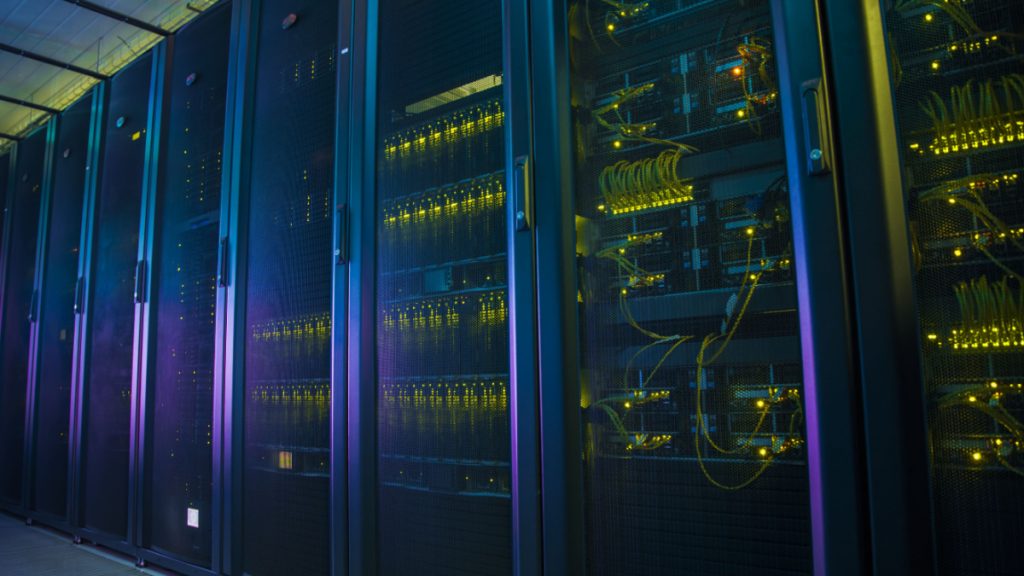2024 Will Be the Year of Supercomputers That Stimulate the Human Brain

DeepSouth, a neuromorphic supercomputer, is expected to have a synaptic operation rate of 228 trillion per second, a process comparable to the estimated number of operations in an adult human brain.
What Does Australia Have for Us?
Next year, in Australia, a neuromorphic supercomputer capable of fully simulating a human brain’s synapses will come online. The aim is to learn more about how our brains process vast amounts of data while using comparatively little power.
The International Centre for Neuromorphic Systems (ICNS) in Sydney, Australia, is constructing the device, dubbed DeepSouth. The creation of DeepSouth is a collaboration with two of the largest producers of computer technology worldwide, Dell and Intel.
The hardware chips of DeepSouth, unlike those in a typical computer, are designed to implement evolving neural networks. These networks model how synapses in the brain process information.
Although there have been previous attempts to build such neuromorphic computers, DeepSouth is expected to be the largest. It will be able to perform 228 trillion synaptic operations per second, equivalent to the predicted total number of synaptic operations in a human brain.
Andre Van Schaik, project leader at ICNS, stated, “For the first time, we will be able to simulate the activity of a spiking neural network the size of the human brain in real-time.” Van Schaik continues to state that DeepSouth won’t have any advantage in power over other existing computers, but it will aid in creating an understanding of neuromorphic computing and biological brains. “We need this ability to better learn how brains work and how they do what they do so well.
The Human Brain Process
While the average human brain uses about the same amount of energy as a light bulb, current supercomputers are quickly rising to the top of the global energy consumption list. The main reason for this discrepancy is that neuromorphic architecture executes numerous operations in parallel with much less data movement than a traditional computer, which processes information quickly and continuously moves data within the processor and memory. Given that data movement is one of the most computationally intensive processes, the neuromorphic supercomputer approach can result in significant power savings.
Furthermore, spiking neural networks are event-driven, which means that additional power is saved because the neuromorphic supercomputer system reacts to changes in input rather than operating continuously like a conventional computer.
Ralph Etienne-Cummings of Johns Hopkins University in Baltimore, who isn’t participating in the work, believes DeepSouth will accelerate the study of neuroscience. This is because it will enable him and other researchers to repeatedly test brain models. This could potentially aid in the development of new types of computers.
“If you are trying to understand the brain this will be the hardware to do it on,” he says.
“At the end of the day, there’s two types of researchers who will be interested in this – either those studying neuroscience or those who want to prototype new engineering solutions in the AI space.”
According to Etienne-Cummings, DeepSouth has the potential to significantly increase computing’s energy efficiency. When the technology might be reduced in size, it may also contribute to the increased autonomy of robots and drones.
Inside Telecom provides you with an extensive list of content covering all aspects of the tech industry. Keep an eye on our Tech sections to stay informed and up-to-date with our daily articles.
